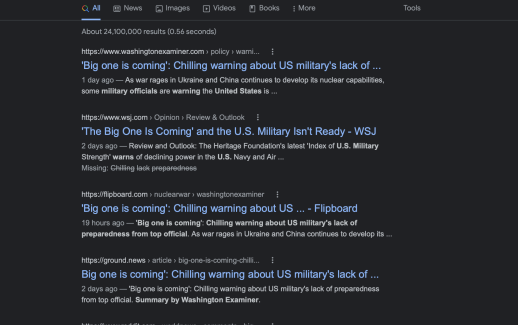The dictatorial theocracy of Iran has been a quasi-vassal of larger dictatorships since the Iranian revolution of 1978-79. Today Iran acts in the strategic interests of Russia and China as it seeks membership in their regional organization, the Shanghai Cooperation Organization.
From 1997-2006, Russia under Putin was the top heavy conventional weapons supplier to Iran per the SIPRI arms transfer database, at 3.44 Billion USD (p. 398 at the link, Military Spending and Armaments, Table 10.2), and China was second. In 2007, the U.S called-out intelligence on Iranian arms supplies to the Taliban with their destabilizing effects on the Afghan government and military. In 2008, British Special Forces also reportedly found evidence of advanced roadside bomb materiel smuggled from Iran to the Taliban.
Reports of sticky bombs used in assassinations against the Afghan government arose in 2012, but spiked in 2020 and 2021 after the Trump Administration announced a U.S. pullout date, much as their use spiked in Iraq toward the end of the U.S. occupation.
The SIPRI report also noted that most weapons systems Iran claimed to make were from Russia, China, and North Korea,(p. 396). In this, Iran’s smuggling of weapons and explosives to the Taliban was more likely than not arms laundering for Russia and China for use against the Afghan government and NATO.
Notable also was Chinese military and economic aid to the Taliban from 1998-2001 in a report by Richard Fisher, Jr. entered into the Congressional record by then-Senator Jon Kyl of Arizona, at Yale University’s Avalon Project “September 11, 2001 : Attack on America.” Fisher’s report cited a 1999 PLA publication in which two Chinese commissars praised Osama bin Laden’s tactics as legitimate warfare against which the U.S. military was unprepared. What is not known is whether the writers referred to planned tactics of which they were aware for the future perhaps gleaned from bin Laden, or were referring to the first effort to bring down the the World Trade Center in 1993.
As Russia outsources kamikaze drone and munitions production to Iran for use against Ukraine it boosts Iran’s military industrial market share among dictators while likely laundering China’s military aid to Russia for its aggression on Ukraine. It also gives Iran the means to provide lethal aid to Hamas and Hezbollah with which to attack Israel, now under investigation. Given past North Korean weapons sold to Iran, this may include Iran-bought North Korean munitions.
Whatever its methods, the Iranian regime has shown itself to be a willing, predictable destabilization bot and war catalyst against U.S. alliances, partnerships, and other vital national interests. As such, Iran’s capabilities are increasingly Russian and Chinese capabilities by proxy.
Removing the Iranian regime’s ability to export weapons for wars of aggression, terrorism, and war crimes that damage free nations and further Russia’s and China’s strategic expansion aims is a logical step in bringing stability back to the Middle East.
There are likely effective ways of helping Iranians with the removal of the Iranian regime’s capabilities to foment destruction of human life, freedom, and civil society in its neighbors and across the world that do not involve long, resource wasting expeditionary wars. It need not involve widespread shock and awe.
What would be needed after a success would be sufficient U.S. and allied power to deter Russia or China from moving forces into Iran and with which to support the Iranian people’s transition to a rational government of their choosing. And Iranians may see Ukraine as a bellwether. If Ukraine is successful, so might they be. This makes Ukraine’s support a continuing priority, and Israel’s support of Ukrainian freedom in Israel’s vital national interests.

